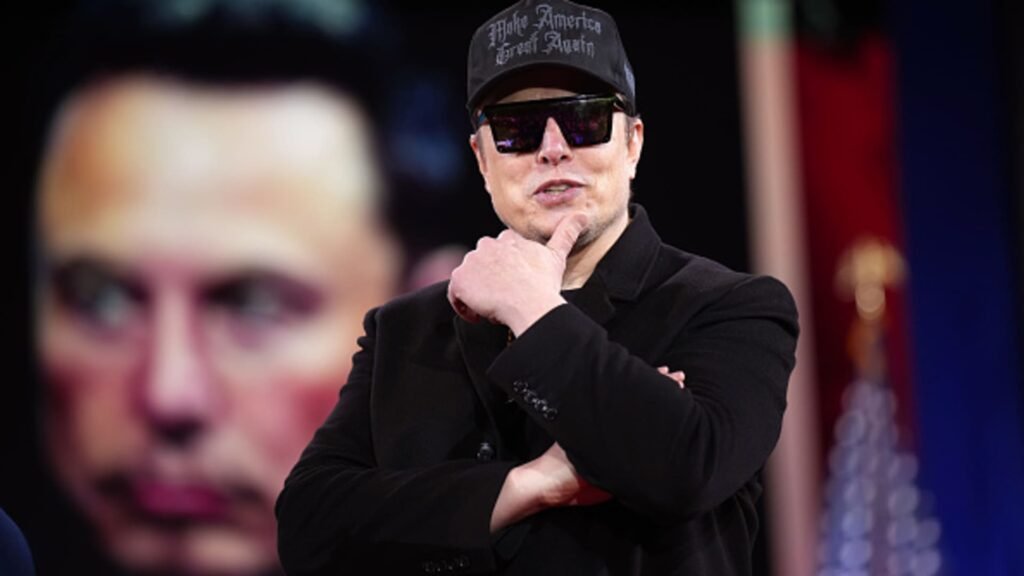On February 21, the world celebrates International Mother Language Day, established by the United Nations Educational, Scientific and Cultural Organization (UNESCO) in 1999 to recognize the importance of preserving native and mother languages across all cultures. In the United States, a country known for its linguistic diversity, this date holds particular significance in a political and social context where Spanish, the second most spoken language, continues to be targeted by far-right groups and misinformation spreaders.
“This is a country where we speak English, not Spanish,” Donald Trump repeatedly said during his 2016 presidential campaign — a phrase that has shaped the rhetoric of many opponents of bilingualism. This controversial statement opens a TikTok video by Carlos Eduardo Espina, a Uruguayan-American activist, who responds to the Republican magnate with a powerful statement: “The United States is a country where people speak English, Spanish, and many other languages. That’s what makes it so great and beautiful.”
Espina is not wrong. While English is the predominant language, the United States has no official language at the federal level. According to the Census Bureau, nearly 68 million people speak a language other than English at home, with Spanish accounting for 61.6% of non-English languages spoken in U.S. households as of 2022. This data reflects not only the growth of the Hispanic community but also its contribution to American culture and society.
In this context, attacks on Spanish and cultural diversity persist, especially with Trump’s actions. In the midst of his anti-immigrant crusade, he removed the Spanish-language version of the White House website just minutes after being sworn in as the 47th president of the United States. However, International Mother Language Day serves as a reminder that the right to speak and preserve mother languages must be protected — not only for their cultural value but also for their power to bring people together.
The power of social media has played a crucial role in highlighting the defense of bilingualism and Hispanic culture in the United States. Content creators like Carlos Eduardo Espina, young interviewer Jazlyn Guerra, journalist Jorge Ramos, and singer Bad Bunny have used their digital platforms to showcase the pride of speaking Spanish. They not only advocate for the use of Spanish in their lives and professional careers but have also served as ambassadors of Latin culture, promoting linguistic and cultural diversity in the country.
This perspective is also shared by other Latinos, who believe that being bilingual is a superpower. In a video featuring testimonies from actors Cristo Fernández, Danny Ramírez, Tomás Mier, and Wilmer Valderrama, they emphasize that language is much more than just a means of communication. “It is an honor and a privilege to be able to speak more than one language,” they say.
International Mother Language Day serves as a reminder that Spanish and other languages are not only essential to the cultural identity of Latinos but also contribute to the richness that linguistic diversity brings to a nation.



















